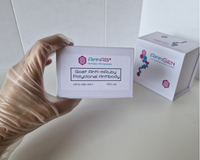AffiGEN Blog News | AffiGEN Inc.
-
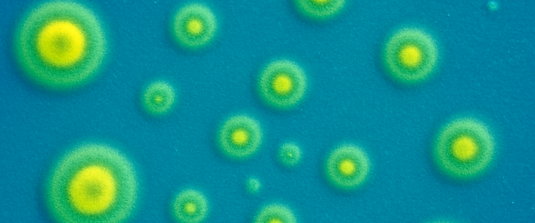
Taking Control of Mycoplasma: A Complete 3-Step Lab Solution
How the AffiGEN Toolkit Protects Your Cells, Data, and Scientific Integrity If you’ve ever noticed slow-growing cells, inconsistent experimental results, or unexplained variability, you might be dealing with a... -

dsRNA Antibodies: Gold Standard for Detection & QC
Double-stranded RNA (dsRNA) plays a central role in the biology of viruses and host defense mechanisms. Whether you're studying viral replication, immune activation, or RNA interference (RNAi), detecting and characterizing... -
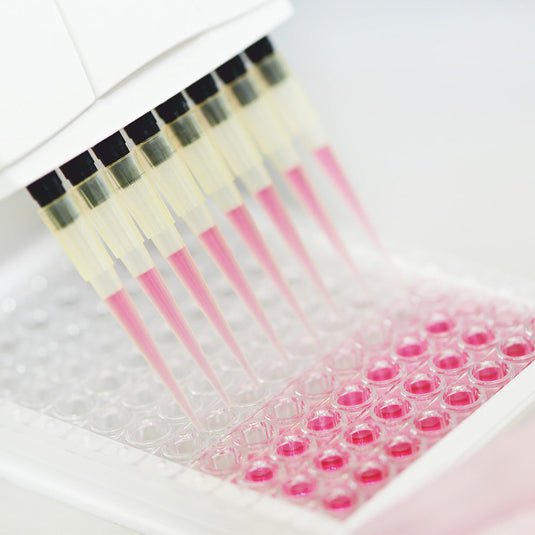
Nucleic Acid Quality & Detection
Introduction As mRNA vaccines and therapeutics revolutionize medicine, ensuring purity and safety at every step of the manufacturing process is more important than ever. One of the biggest challenges in... -

ELISA Essentials: A Researcher's Guide to RIG-I, RNase Inhibitor, and Inorganic Pyrophosphatase Assays
ELISA Essentials: A Researcher's Guide to RIG-I, RNase Inhibitor, and Inorganic Pyrophosphatase Assays In the world of modern molecular biology, precision tools make all the difference. Whether you're exploring antiviral... -
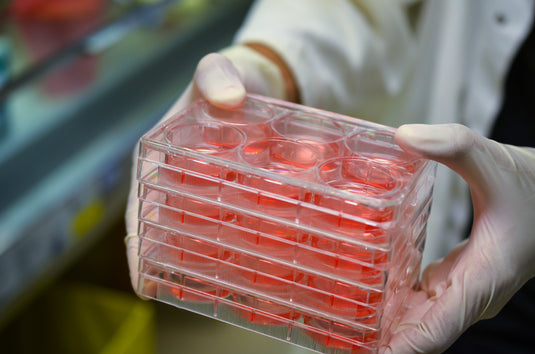
HEK293 Cell Line: A Guide to Transfection Conditions, Applications, and Culture Setup
HEK293 Cell Line: A Guide to Transfection Conditions, Applications, and Culture Setup The HEK293 cell line (Human Embryonic Kidney 293) is one of the most widely used mammalian cell lines... -
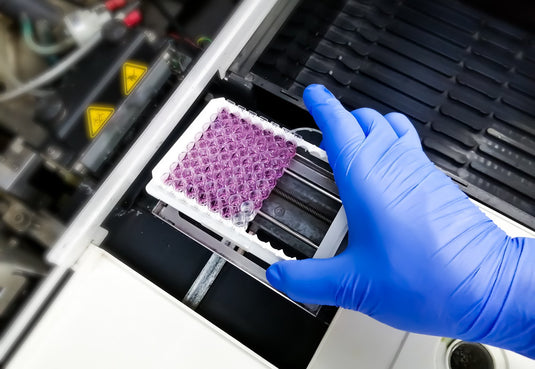
Key ELISA Formats and dsRNA Detection
Key ELISA Formats and dsRNA Detection Double-stranded RNA (dsRNA) is a molecule of interest in studies related to gene regulation and RNA interference. Researchers utilize ELISA (Enzyme-Linked Immunosorbent Assay) for... -
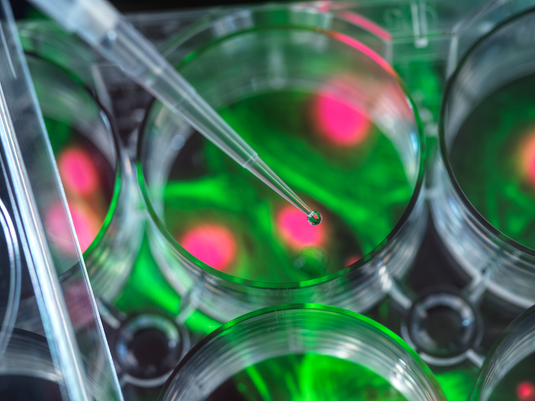
What is rAAV? A Comprehensive Guide to Recombinant Adeno-Associated Virus
What is rAAV? A Comprehensive Guide to Recombinant Adeno-Associated Virus Recombinant adeno-associated virus (rAAV) is a modified version of the naturally occurring adeno-associated virus (AAV), which scientists use to deliver... -

CRISPR and Gene Editing Technologies
CRISPR and Gene Editing Technologies CRISPR (Clustered Regularly Interspaced Short Palindromic Repeats) technology has revolutionized genetics and biotechnology, allowing precise, efficient, and flexible genome editing. Below is an exploration of... -

What are the primary technical challenges in scaling up the production of brain organoids?
What are the primary technical challenges in scaling up the production of brain organoids? Scaling the production of brain organoids faces several key challenges, spanning technical, biological, and ethical domains.... -
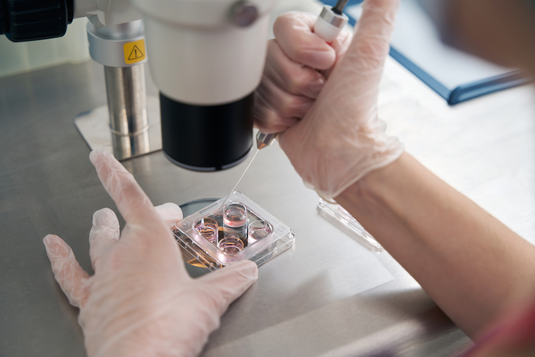
Can brain organoids sufficiently model the aging brain?
Brain Organoids as Models: Advantages and Limitations Recapitulation of Developmental Processes Brain organoids derived from human pluripotent stem cells (hPSCs) can recapitulate early developmental processes, such as neurogenesis, gliogenesis, and... -
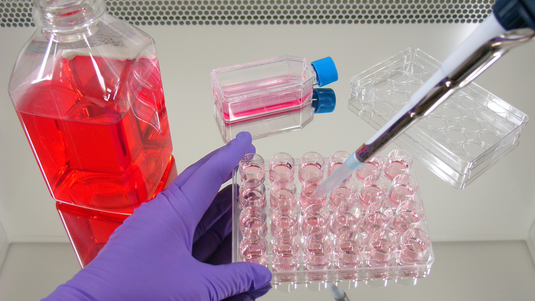
Are there any industry collaborations using organoids to evaluate the effectiveness of drugs in development?
Are there any industry collaborations using organoids to evaluate the effectiveness of drugs in development? There are several collaborations between academia, industry, and research organizations that are utilizing organoids to... -
What are the critical factors involved in the differentiation of pluripotent stem cells into brain organoids?
What are the critical factors involved in the differentiation of pluripotent stem cells into brain organoids? Differentiation of pluripotent stem cells (PSCs) into brain organoids involves several critical factors and...

